An introduction to the four major producing areas and manors in Guatemala-- Raminita Manor in Miniguo Heights
To really understand the flavor changes and product differences of coffee beans is to understand the production place and growers, different manors with different flavors, or different flavors on different hills of the same manor, and the story behind each coffee bean is what the fragrance wants to know. It can be traced back to which plot of the estate where the beans came from, or which cooperative or which farmer, chasing the flavor of the region. When you go to the coffee producing area and step into the coffee farm, it is possible to know how the trace of coffee, charming flavor and changeable aroma come from.
Guatemala Guatemala is a country with many volcanoes. The coffee produced under the volcanic soil is fine coffee with rich taste. The average altitude in Guatemala is very high, which means that the temperature difference between day and night is relatively large. This harsh environment with large temperature difference between day and night makes the coffee fruit grow longer and slower on the coffee tree. Beans are hard beans, but the flavor is more complete and richer.
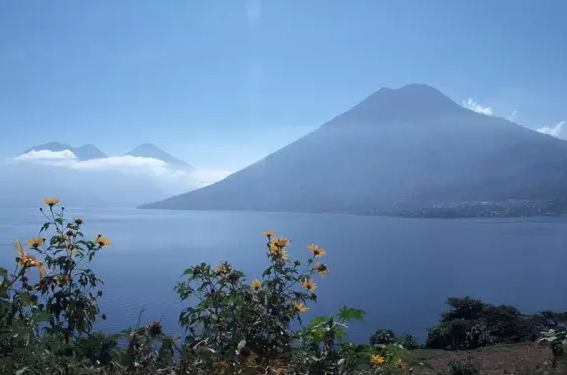
Ekataru Valley
Rising to 2000 meters (6500 feet), with dense shade and unique ecology, the nearby Fuego volcano erupts, making its coarse, sandy soil rich in a variety of minerals. Temperate sea breezes from the Pacific and a seasonal climate allow coffee in this region to be dried by sunlight and processed according to traditional family methods that have been accumulated over the years.
[characteristics] the acidity is obvious, the dry and wet fragrance is remarkable and pleasant, the alcohol thickness is good, and the aftertaste is clear and long.
Koban of Rainforest
It is cloudy and rainy all the year round and the climate is cool. The vast majority of Koban coffee in the rainforest is grown in the obviously undulating and foggy mountains of the region and is deeply influenced by limestone and clay in the Atlantic basin. Koban has two seasons: the rainy season and the rainy season.
[characteristics] obvious fresh fruit flavor, balanced mellow thickness, pleasant aroma.
Antigua
Rich volcanic soil, low humidity, plenty of sunshine and cool nights are the characteristics of this producing area. The valley is surrounded by three volcanoes: Agua, Fuego and Acatenango. Volcanic ash from the eruption makes the soil of Antigua rich in minerals. Volcanic pumice can maintain humidity and overcome the lack of rainfall in Antigua; dense tree shade protects against occasional frosts.
[features] it is rich in damp fragrance, good balance, high sweetness and elegant taste.
La Minita (La Minita) Manor
[coffee producing areas]: Antigua
[coffee Manor]: La Minita Manor
[coffee beans]: Caturra, Caturra red, Caturra yellow and Bourbon
[coffee grade]: SHB
[treatment]: pozzolanic soil cultivation, washing treatment
[baking degree]: medium and deep baking (Full City)
Raminita is the name of a manor, and his company's bean, called Flower God, is very famous and is the star product of their company. La Minita Manor has a good planting environment and follow-up treatment procedures. The beans are also entrusted to Pastores mill, a very famous local processing plant in Guatemala, for washing treatment.
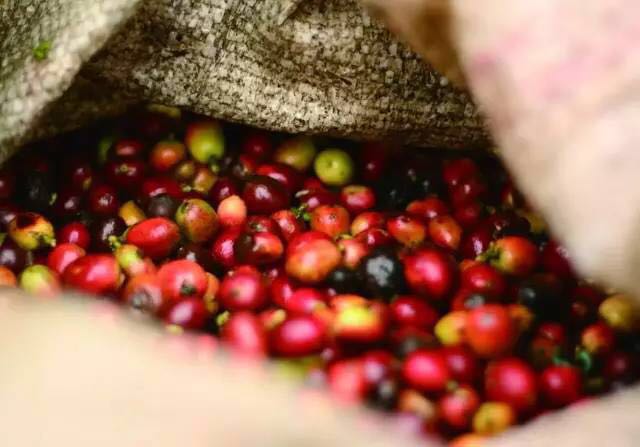
Coffee Tree species and planting of La minita
Four varieties of coffee trees, Caturra, Caturra red, Caturra yellow and Bourbon, were planted in La Minita Manor in about 680 acres. After years of experimental statistical analysis and cup quality test, La Minita Manor decided to mainly adopt Caturra varieties and continue to retain a small number of old Hibrido varieties. Although La Minita planted about 2500 coffee trees per acre, the number of coffee trees was still determined according to geographical characteristics and coffee species. La minita Manor currently has a total of about 1.7 million trees. La Minita adopts a five-year knockout system. Every five years, the previously produced coffee trees are cut down to a height of about 50 centimeters, leaving lower branches. This practice will stimulate the rebirth of the trees. After a year of cutting down trees, two main twigs will be selected for production in the next four years. These processes are all carried out manually, with about 350000 trees trimmed each year. After three rounds of pruning, that is, 15 years, the resources of the coffee trees are almost exhausted. La Minita will move new trees from his own coffee nursery instead. The nursery is located in a well-protected place in the manor. The new trees planted in the nursery will be planted in the nursery for a year before being transplanted to the production farm. Under normal circumstances, La Minita will plant about 150000 coffee trees a year. In addition, La Minita uses fast-growing and wide-leaved "Pror" trees as coffee shade trees, which will choose different planting densities according to the demand for sunlight and temperature control in the production area, and will be adjusted according to the demand.
All the soil in the manor is tested twice a year, and based on the above-mentioned test results, decide how to fertilize the soil. La Minita Manor is very careful in using products that can increase yield, applying fertilizer about three times a year, for economic and environmental considerations and reasons. In addition, spraying some trace elements such as zinc, boron and copper on the back of the leaves can provide more nutrients and prevent diseases.
Tiny Nanguo Highland
Of the three major non-volcanic coffee-producing regions in Guatemala, the Weitango Highlands has the driest climate and the highest elevation. The dry and hot wind from Mexico's Tehuantepec plateau protects the coffee from frost and can be grown to 2000 meters (6500 feet). Because of its remote location, all coffee farmers have to process their own coffee. Fortunately, there are so many streams in the area that small processing plants can be set up almost anywhere.
[features] the palate is balanced and pleasant, with high mellow thickness and a wine aftertaste.
Incht Manor
Grade: SHB
Producing area: Vivette Nanguo
Baking degree: medium depth baking
Treatment: washing
Variety: Kaddura, Kaduai, bourbon
Soil: volcanic soil
Flavor: nuts, dark chocolate, cut tobacco
[introduction to the Manor]
Incht Manor is located on the Vivette South Fruit Plateau, a famous producing area in Guatemala. Since the Aguirre family began to grow coffee in 1900, the name of the estate "Injerto" is taken from a local fruit name. Incht Manor pays special attention to the protection of ecological environment and organic planting technology, and implements strict quality control to ensure the quality of raw coffee beans. Thanks to the efforts of Aguirre, Incht Manor is also recognized by the Rainforest Alliance Certification (Rainforest Alliance) and has been a winning general in many international coffee competitions since 2002.
Incht Manor is one of the best manors in Guatemala. If it is called second, no one dares to call it first. It has won so many world-class competitions that it has achieved what it is today. Last year, the owners of the manor further pushed their manor status to the peak, just like the famous Philippine Emerald Manor in Panama. Incht Manor (grafted Manor) held a global bidding event, of course, the bidding beans launched were also quite strong, and it is worth mentioning that the first batch of "mocha species" in 2012 set a world record. The sky-high price of "500.5 / lb" has been marked, making it a well-deserved star manor!
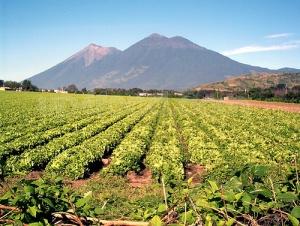
In this bid, the Incht estate specially featured the "best Incht" series, selecting a small number of batches and coffee varieties of the best quality in the estate, and experienced farmers carefully selected the ripe coffee fruits, and then asked the cup tester to remove the batches that were not up to the standard. Under such strict screening criteria, the Pacamara varieties in the Incht estate only accounted for about 8% of the total output.
Important Notice :
前街咖啡 FrontStreet Coffee has moved to new addredd:
FrontStreet Coffee Address: 315,Donghua East Road,GuangZhou
Tel:020 38364473
- Prev
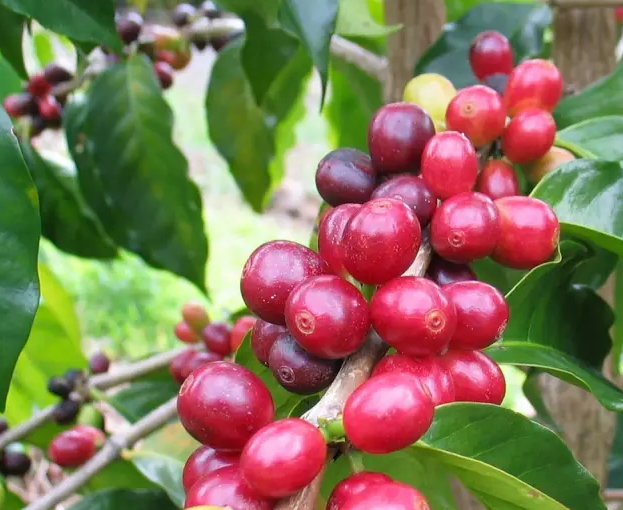
Tasting and Evaluation of Guatemala Fine Coffee Bean
Guatemala is one of the most important coffee-producing countries in Central America. The mountains in Guatemala extend for a long time, and the regional climate varies from one place to another. Therefore, eight coffee-producing areas in Guatemala are created. They are all located on the highland terrain with subtropical climate. The rainfall is abundant and stable. The fertile volcanic ash soil is the perfect environment for coffee trees to grow. [Plan del Guayabo] Located in Volcn de Suchitn Volcano
- Next
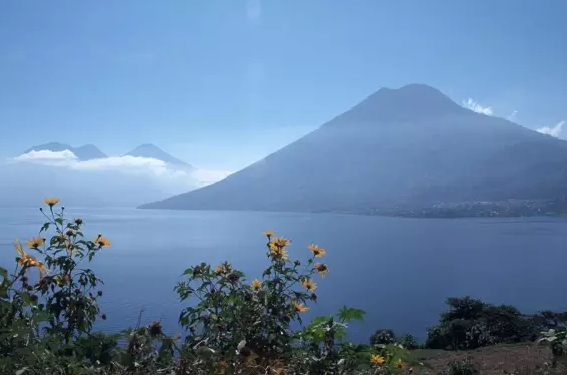
An introduction to the four major producing areas and manors in Guatemala-- the Incht Manor in Minnan.
To really understand the flavor changes and product differences of coffee beans is to understand the production place and growers, different manors with different flavors, or different flavors on different hills of the same manor, and the story behind each coffee bean is what the fragrance wants to know. It can be traced back to which plot of the estate where the beans came from, or which cooperative or which farmer, chasing the flavor of the region. To
Related
- Detailed explanation of Jadeite planting Land in Panamanian Jadeite Manor introduction to the grading system of Jadeite competitive bidding, Red bid, Green bid and Rose Summer
- Story of Coffee planting in Brenka region of Costa Rica Stonehenge Manor anaerobic heavy honey treatment of flavor mouth
- What's on the barrel of Blue Mountain Coffee beans?
- Can American coffee also pull flowers? How to use hot American style to pull out a good-looking pattern?
- Can you make a cold extract with coffee beans? What is the right proportion for cold-extracted coffee formula?
- Indonesian PWN Gold Mandrine Coffee Origin Features Flavor How to Chong? Mandolin coffee is American.
- A brief introduction to the flavor characteristics of Brazilian yellow bourbon coffee beans
- What is the effect of different water quality on the flavor of cold-extracted coffee? What kind of water is best for brewing coffee?
- Why do you think of Rose Summer whenever you mention Panamanian coffee?
- Introduction to the characteristics of authentic blue mountain coffee bean producing areas? What is the CIB Coffee Authority in Jamaica?

